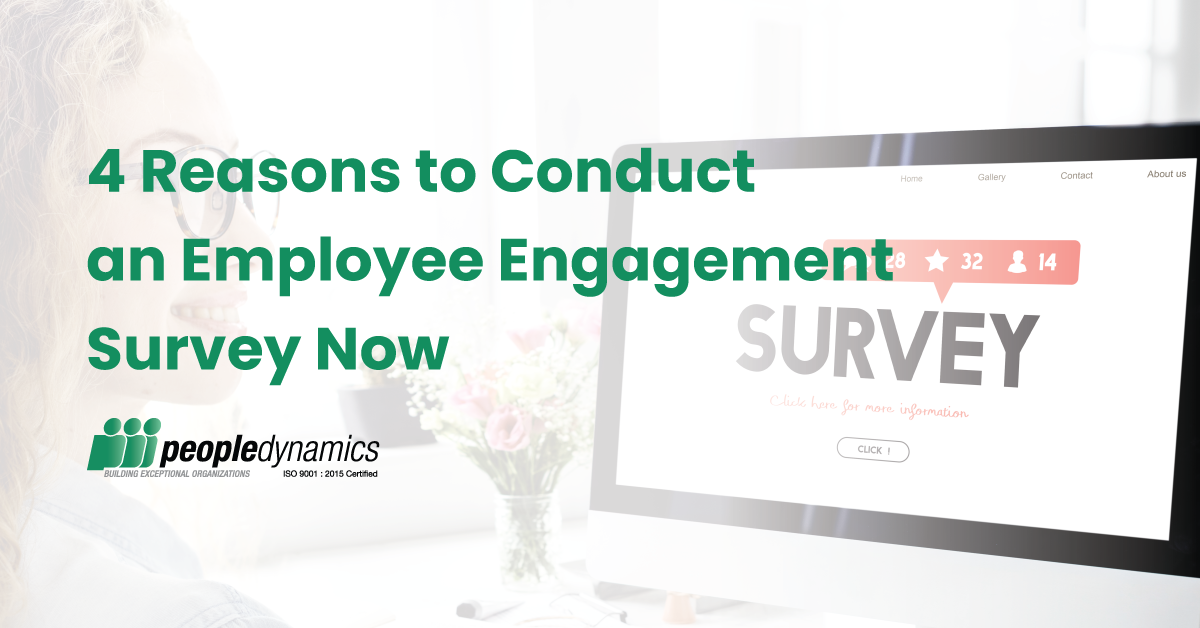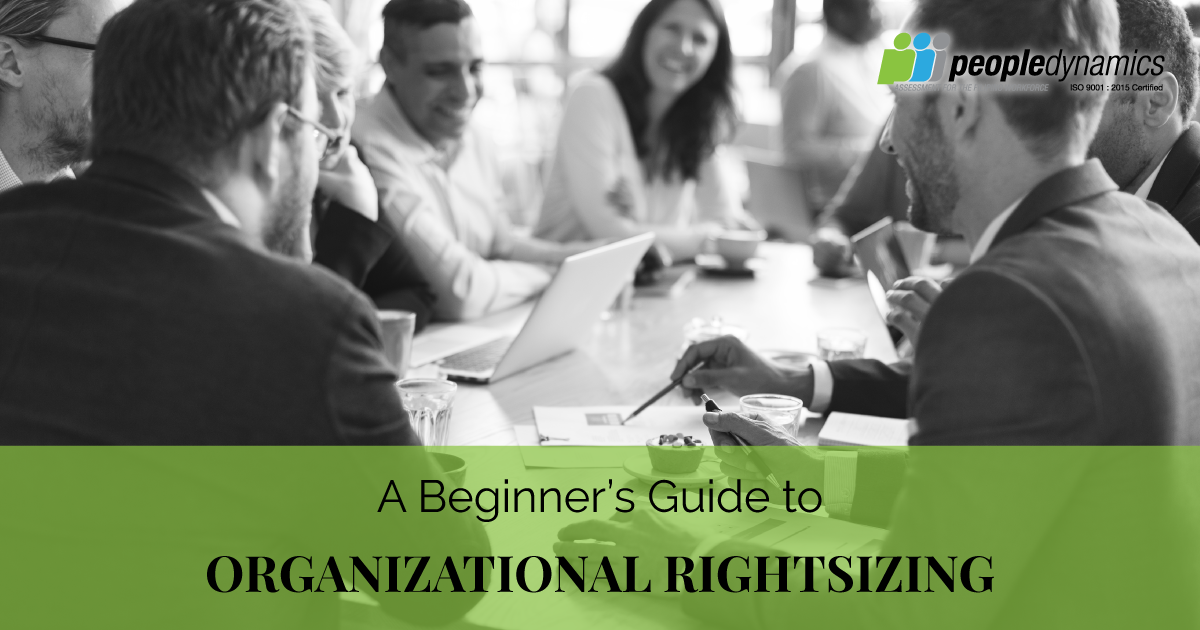Everyone who must have studied marketing must be familiar with the marketing mix or 4Ps—the Price, Product, Place, and Promotion. But did you know that an organization can also have its own 4Ps? According to Hrisheekesh Sabnis in his article on Medium, the 4Ps of an organization are the Profits, Products, Processes, and People. For today, we’re going to focus on this People component, and how, through strategies for effective HRM can you achieve organizational success.
The “People” Component of an Organization
People are the most important component of any business. This P of an organization can also refer to customers and other stakeholders, but generally, it refers to the employees. After all, while products, processes, and profits are essential, the ones doing the work to create and promote a product, implement processes, and generate profits are people—your employees.
It’s because of their importance in your organization that there’s a demand for better hiring and selection processes, good employee onboarding, engagement, and development programs, as well as plans for retention and reduction of turnover. This is also why coming up with strategies for effective HRM (Human Resources Management) is vital for an organization’s success. Effective HRM is by far one of the biggest contributors to an efficient, productive and positive workplace.
5 Strategies for Effective HRM to Achieve Organization Success
Now that you know how people play in your organizational success, here are 5 strategies for effective HRM that you can use!
Select the Right People
It’s difficult to find the perfect candidate for a position. Various factors that can affect this decision and it can be very time-consuming, costly, and truly headache-inducing. However, if you don’t select the right talents, you’re bound to suffer the effects of a bad hire, and its cost!
Don’t let yourself experience the pains of a bad hire: select the right people from the start. Having talents that fit not only their jobs but also your organization are very beneficial to you. The advantages include having more engaged and productive employees which helps you with retention and reducing turnover and at the same time, positively affecting the company’s performance. There are also a lot of tools nowadays that can help make your screening easier and more efficient such as applicant tracking systems and employment assessments.
Have Good Communication in the Workplace
Good communication is an essential tool to improve productivity and maintain strong and healthy working relationships. When you communicate effectively within and outside the organization, you lessen the risk of mistakes and conflicts. In fact, did you know that one of the most common organizational problems is poor communication and feedback? A lot of conflicts actually happen just because a matter isn’t communicated and understood properly!
At the same time, when you communicate effectively, you can also better manage your employees by giving everyone a voice in the company—may it be downward communication (from top management down) or upward communication (from the rank and file employees to top executives).
Let Them Grow
Employees want to stay relevant, especially with the numerous transformations that are happening in the workforce landscape. One of the strategies for effective HRM is to let your employees grow. Help your employees reach their full potential, and it will help your business grow. Equip them with the needed skills of the future—may it be soft or hard skills. You could encourage them to attend training programs or allow them to further their education by supporting their decision to get a Master’s or Doctorate degree.
Continuously Improve
Just because something is not broken, doesn’t mean that you shouldn’t fix it. To ensure the effectiveness of your human resource management, you have to continuously adapt to the demands of the industry. At the same time, you also have to strive to improve your processes and policies. You may also need to upgrade or replace some of the tools that you use to guarantee that they can still support your objectives.
Be Empathetic
At the end of the day, you have to remember that you are human, and so are your team members. And as much as you don’t want any mistakes to happen, it can always happen. And when these do happen, don’t let your emotions get to you, and be empathetic. If you made the mistake, apologize, and set the example for your team. Pushing around the blame will only create a negative workplace. Accept what happened, and focus more on how to remedy it.
With people as the foundation of your organization, it’s important that you effectively manage them. As a result, you can achieve organizational success.




